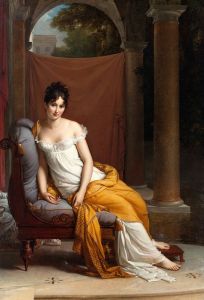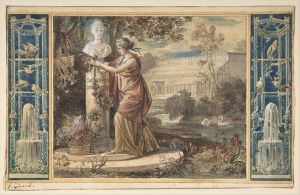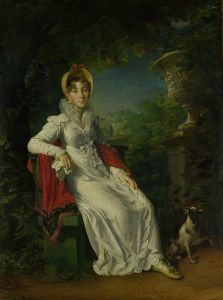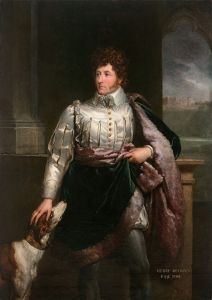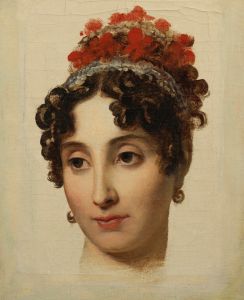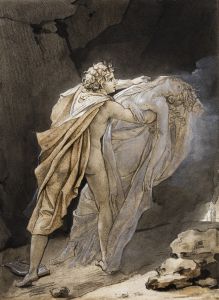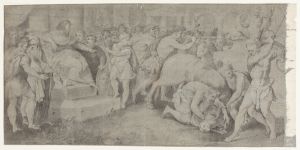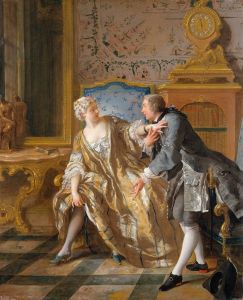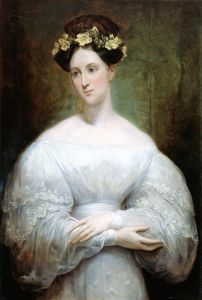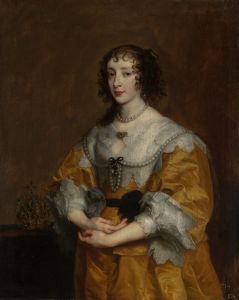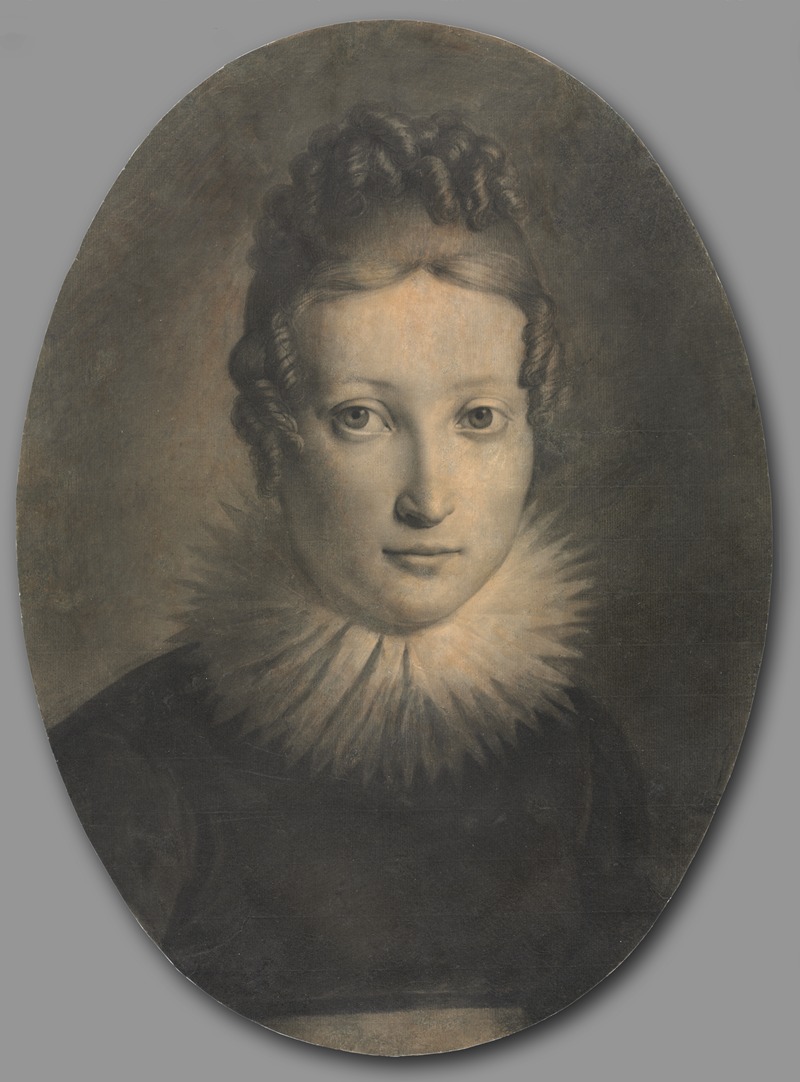
Portrait of Marie-Louise, Duchess of Parma
A hand-painted replica of François Gérard’s masterpiece Portrait of Marie-Louise, Duchess of Parma, meticulously crafted by professional artists to capture the true essence of the original. Each piece is created with museum-quality canvas and rare mineral pigments, carefully painted by experienced artists with delicate brushstrokes and rich, layered colors to perfectly recreate the texture of the original artwork. Unlike machine-printed reproductions, this hand-painted version brings the painting to life, infused with the artist’s emotions and skill in every stroke. Whether for personal collection or home decoration, it instantly elevates the artistic atmosphere of any space.
The "Portrait of Marie-Louise, Duchess of Parma" is an exquisite painting by the renowned French artist François Gérard. Gérard, a prominent portraitist of the Napoleonic era, was known for his ability to capture the elegance and grace of his subjects, and this portrait is no exception. The painting depicts Marie-Louise of Austria, who was the second wife of Napoleon Bonaparte and later became the Duchess of Parma.
Marie-Louise was born on December 12, 1791, in Vienna, Austria, as the daughter of Emperor Francis II of Austria and Maria Theresa of Naples and Sicily. Her marriage to Napoleon in 1810 was a significant political alliance, intended to strengthen ties between the French Empire and the Austrian Habsburgs. Following Napoleon's abdication in 1814, Marie-Louise was granted the duchies of Parma, Piacenza, and Guastalla, where she ruled until her death in 1847.
François Gérard, born in 1770, was a student of the famous painter Jacques-Louis David. Gérard gained acclaim for his portraits of European nobility and key figures of his time, earning him the nickname "the painter of kings." His works are characterized by their refined elegance, attention to detail, and the ability to convey the personality and status of his subjects.
The portrait of Marie-Louise is a testament to Gérard's skill in portraying the nobility with both grandeur and subtlety. In this painting, Marie-Louise is depicted with a serene and composed expression, reflecting her royal status and dignified demeanor. She is dressed in a sumptuous gown, adorned with intricate details that highlight her position as a duchess. The use of light and shadow in the painting enhances the three-dimensional quality of the figure, bringing a lifelike presence to the canvas.
Gérard's choice of color palette and composition further emphasizes the elegance of the subject. The background is kept relatively simple, ensuring that the focus remains on Marie-Louise. The artist's meticulous attention to the textures of the fabric and the delicate rendering of the duchess's features demonstrate his mastery of the portrait genre.
This portrait not only serves as a representation of Marie-Louise's physical appearance but also as a historical document that offers insight into the fashion and aesthetics of the early 19th century European aristocracy. Gérard's work captures a moment in time, reflecting the cultural and political milieu of the Napoleonic era.
Today, the "Portrait of Marie-Louise, Duchess of Parma" is appreciated not only for its artistic merit but also for its historical significance. It stands as a remarkable example of François Gérard's contribution to the art of portraiture and remains a valuable piece for those interested in the history of European art and the Napoleonic period.





